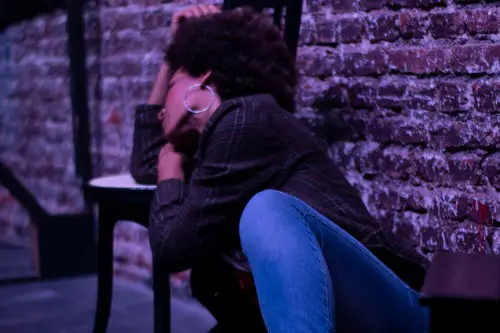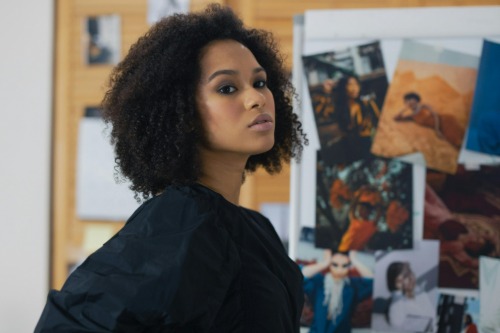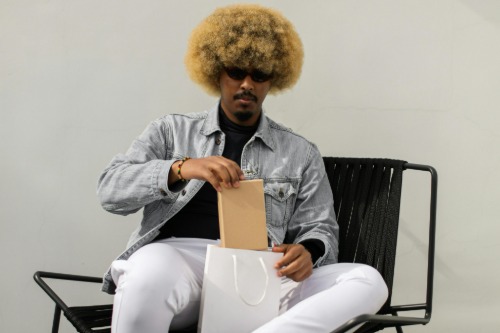Fashion is more than just clothes; it’s a canvas for identity, history, and culture. For generations, Black Americans have used fashion as a means of storytelling, a way to express resistance, joy, and pride. From the rich fabrics of the Harlem Renaissance to the streetwear revolution led by today’s tastemakers, Black style has continually redefined what it means to be fashionable. But it’s not just about trends—it’s about resilience, creativity, and the power of claiming one’s space in a world that often tries to dismiss or appropriate Black culture. Let’s take a closer look at how Black fashion has evolved, how it has shaped the world, and how it continues to inspire future generations.
Birth of Modern Black Elegance

If you want to understand the roots of Black American style, you have to go back to the 1920s. The Harlem Renaissance wasn’t just an explosion of literature and jazz; it was also a period of immense fashion transformation. Harlem became the center of Black creative life, where style was an essential part of self-expression. Women dressed in glamorous gowns made of satin and silk, often adorned with intricate beading and feathers, while men donned sharp suits that mirrored the elegance of European aristocracy but carried an unmistakably American twist.
This was a time when Black designers and tailors, like those of the famed House of Ellington, emerged as powerful figures in the fashion landscape. Their creations didn’t just serve the purpose of wearing beautiful clothes; they challenged the status quo and proved that Black Americans were the architects of style. The flamboyance of the jazz age was about more than personal flair—it was an act of reclamation, a way for Black artists to say, “We belong here, and we do it better.” Through their clothes, they celebrated Black excellence, resilience, and a refusal to conform to the expectations of a segregated society.
The impact of this era can still be seen today. The use of bold, eye-catching fabrics and attention to detail seen in the 1920s laid the foundation for future generations. It reminded the world that Black creativity was unstoppable and deserving of recognition, setting a precedent for what was to come.
Fashion as a Symbol of Resistance

The Civil Rights Movement of the 1950s and 1960s brought with it not just a fight for equality but a reimagining of what it meant to be a Black American. Fashion took on new significance as a form of resistance and solidarity. This period saw the emergence of what would come to be known as “Afrocentric” style, which celebrated Black beauty and heritage. The natural hair movement took hold, and the Afro became a powerful symbol of pride, defiance, and embracing one’s roots in the face of a society that tried to push them down.
The iconic image of Dr. Martin Luther King Jr. in a suit during marches conveyed dignity and authority, a sharp contrast to the racist stereotypes that sought to dehumanize Black people. Women like Angela Davis became fashion icons in their own right, channeling their boldness through fitted turtlenecks, leather jackets, and big hair—styles that became synonymous with activism and the Black power movement. The way Davis carried herself was revolutionary; she showed that strength and beauty weren’t mutually exclusive.
At the same time, fashion was used to convey an ethos of collective pride. The Black Panther Party, for instance, dressed in their iconic black leather jackets, black berets, and military-style boots. This wasn’t just a uniform; it was an expression of unity, a visual rallying cry that said, “We are strong. We are unapologetic. And we are here to stay.” The fashion of the Civil Rights era was a testament to the idea that you could use what you wore to make a statement, to inspire hope, and to promote change.
The Rise of Streetwear and the 21st-Century Renaissance

Fast forward to today, and the influence of Black style continues to be felt in every corner of the fashion world. What began as an underground movement in the Bronx in the 1970s evolved into a global phenomenon that is now mainstream: streetwear. Brands like Supreme, A Bathing Ape (BAPE), and Stüssy laid the groundwork, but it was the contributions of Black creators that truly made streetwear the powerhouse it is today. Influencers and designers like Virgil Abloh, who became the first Black artistic director at Louis Vuitton, and Rihanna, whose Fenty line redefined luxury fashion, showed that Black talent wasn’t just on the periphery—it was at the center of the fashion conversation.
The cultural movement of hip-hop in the ’80s and ’90s was instrumental in popularizing streetwear. Think of the gold chains, oversized denim, and Timberland boots that became synonymous with the genre. Black artists like Tupac Shakur, Notorious B.I.G., and Missy Elliott not only influenced how people dressed but also how they approached fashion as a tool for storytelling. The baggy jeans and oversized shirts of the ’90s spoke to a culture that wanted to reject the status quo and embrace its own narrative. Meanwhile, today’s streetwear is more diverse than ever, blending elements of African prints, urban aesthetics, and high fashion. The cross-pollination between streetwear and luxury fashion continues to be dominated by Black designers, athletes, and celebrities who understand that fashion is a form of personal and cultural expression that goes beyond simply looking good.
In a world where Black culture has often been appropriated, fashion remains a space where Black Americans continue to create and innovate without boundaries. The stories behind the clothes—be it the enduring power of an Afro, the influence of streetwear, or the elegance of a high-fashion runway—speak volumes about identity, culture, and pride. The evolution of Black style is not just a testament to fashion’s power but a celebration of how resilience and creativity can shape an entire industry.
